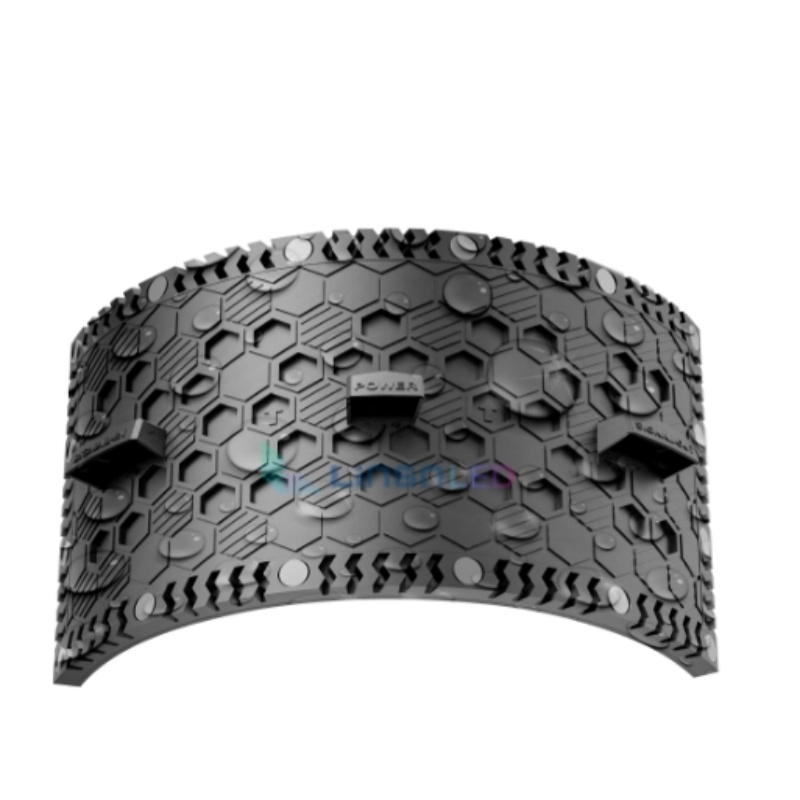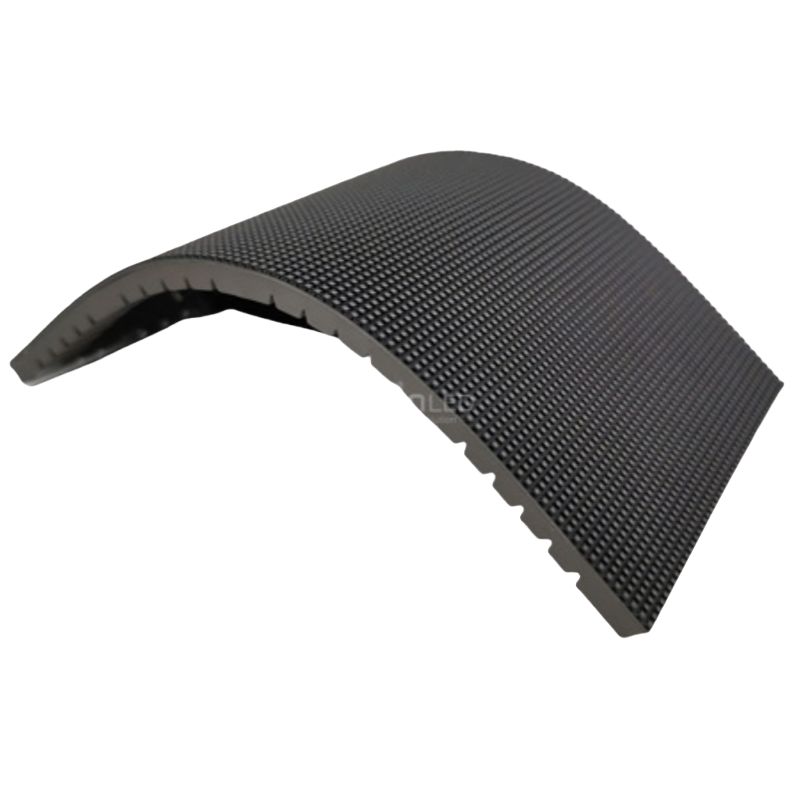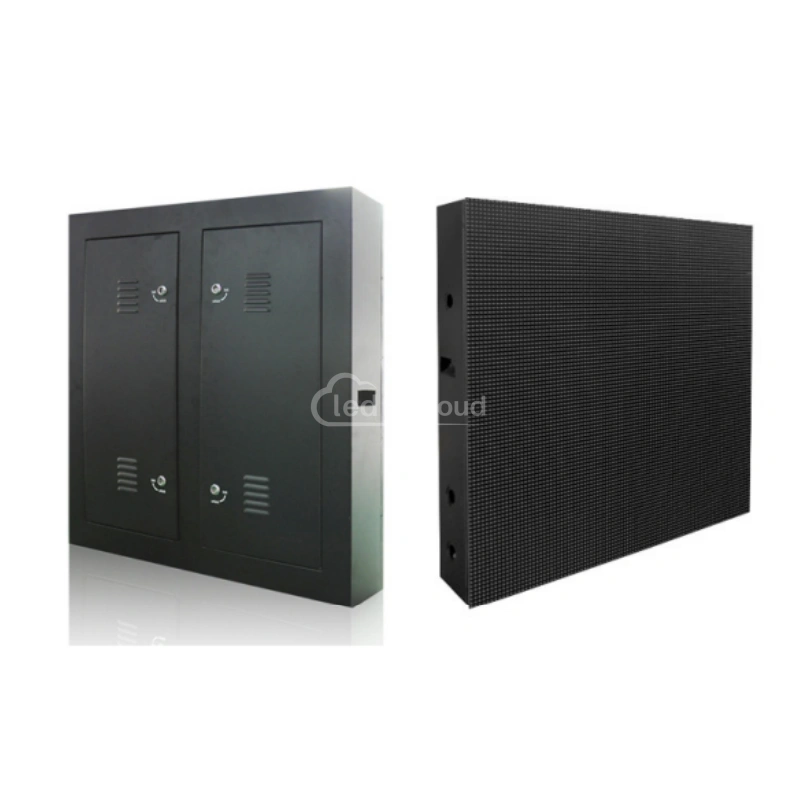LED Display Price Calculator
Just fill the sizes, and get your LED screen budget right now !
Custom Sizes & Shapes Available
At LedInCloud, we understand that creative LED projects often go beyond standard screen dimensions. That’s why our flexible LED display solutions are fully customizable—to bring your most imaginative ideas to life.
Whether you’re wrapping a screen around a column, shaping it into a wave, or curving it into an arc, our soft LED modules can adapt to nearly any form.
From small design installations to large-format curved video walls, we offer flexible LED modules in a variety of pixel pitches (P1.86 to P4) and sizes. Modules can be combined freely to achieve any width and height—without compromising image quality or flexibility.
Flexible vs. Traditional LED Screens
Flexible LED displays offer more design freedom and easier handling for creative or space-constrained installations.
| Feature | Flexible LED Display | Traditional LED Display |
|---|---|---|
| Installation Surface | Curved, irregular, or flat | Flat only |
| Module Material | Soft PCB, silicone shell | Hard PCB, rigid casing |
| Weight | Lighter | Heavier |
| Visual Creativity | High | Limited |
Where Flexible LED Displays Make an Impact?
LedInCloud flexible LED screens are designed for environments where creativity meets complexity.
Museums & Art Installations
For curved storytelling walls and creative lighting displays
Stage Backdrops & Concerts
For immersive visual effects and dynamic stage designs
Shopping Malls & Retail Spaces
Wrapping around columns or curved counters
Tech Exhibitions & Brand Launches
Showcasing innovation through unconventional screen shapes
Why Choose LedInCloud?
LedInCloud sells LED screen displays, including transparent LED screens, LED posters, outdoor LED screens, indoor LED displays, 3D LED Screens, and more LED displays for sports, advertising, movies, live shows, events, etc.
Multiple LED cabinet materials, sizes, production techniques, LED light pitches, LED module sizes, etc., are all here for you to choose from.
- Rich experience in custom-shaped LED projects
- Quick design-to-production cycle
- Stable performance with tested components
- Free consultation and technical support
Quality Assurance
We build every screen to perform and last.
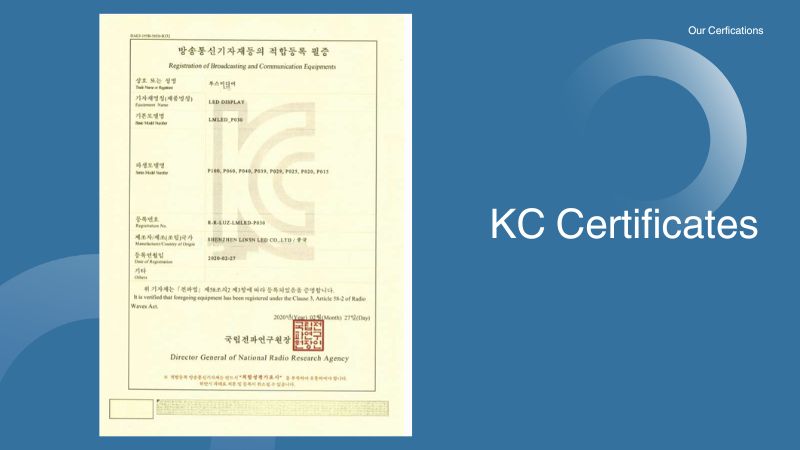

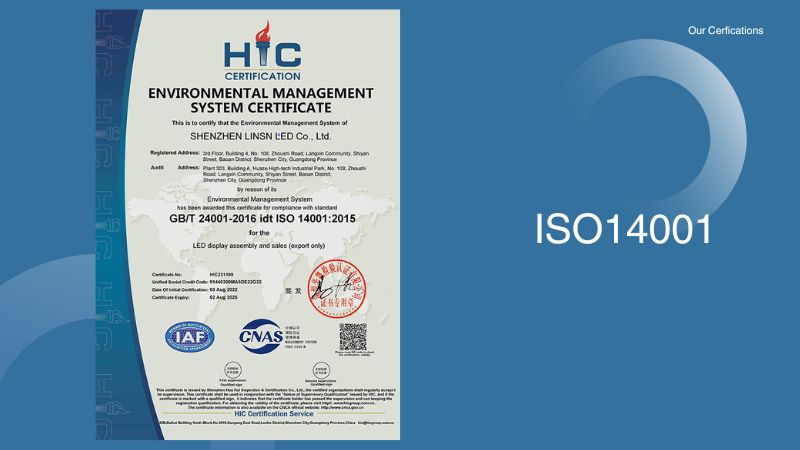
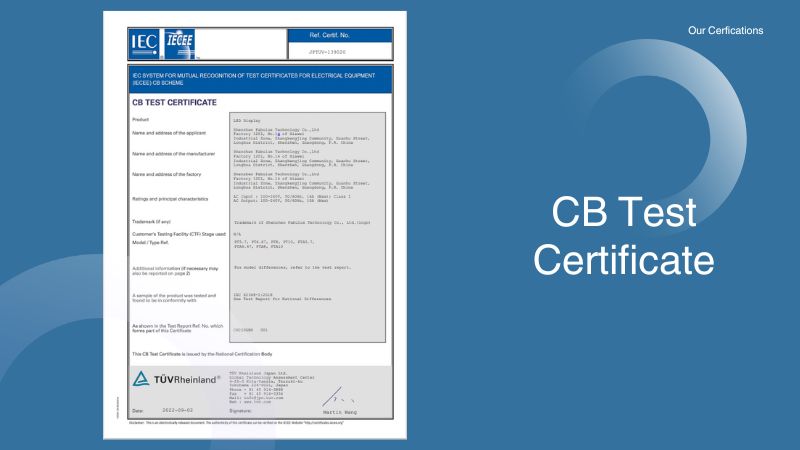
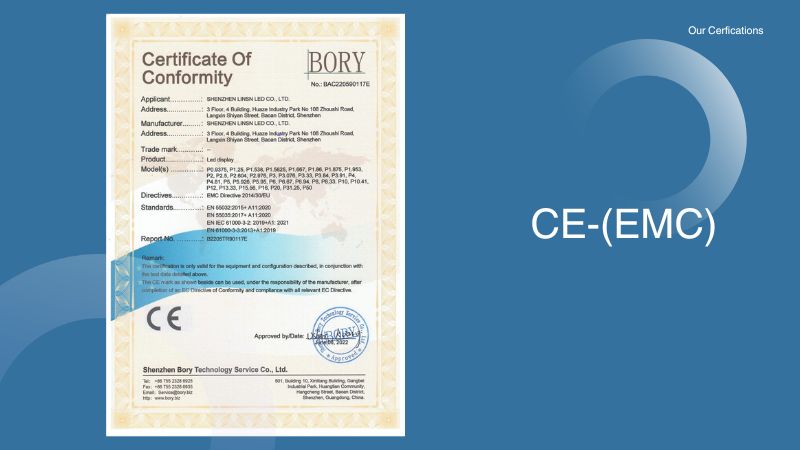
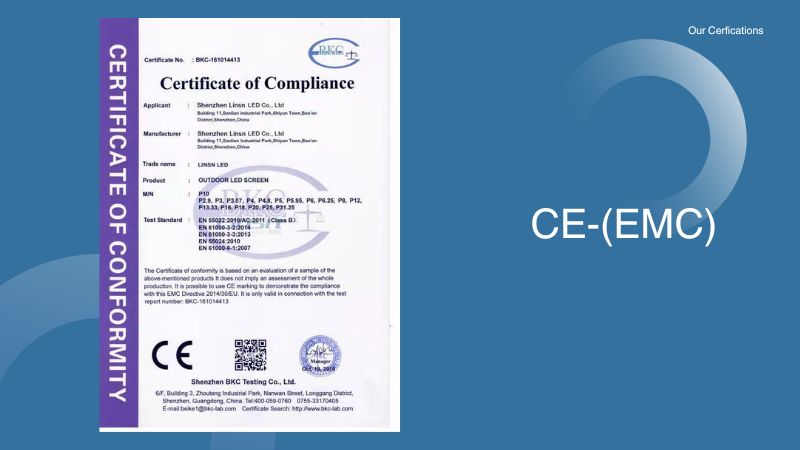
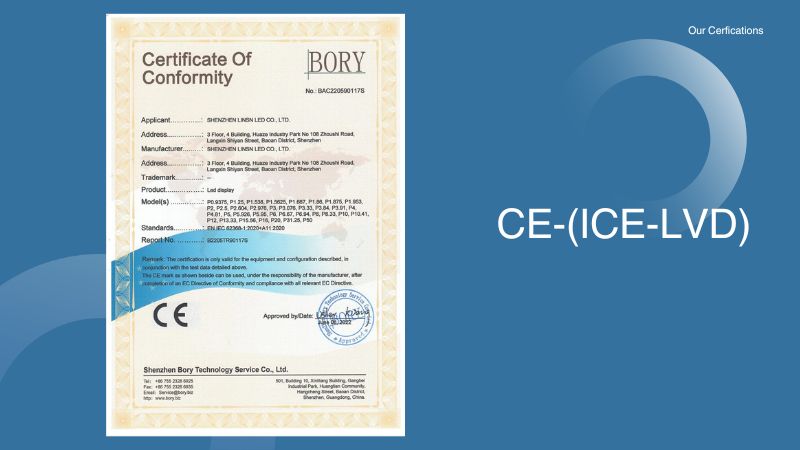
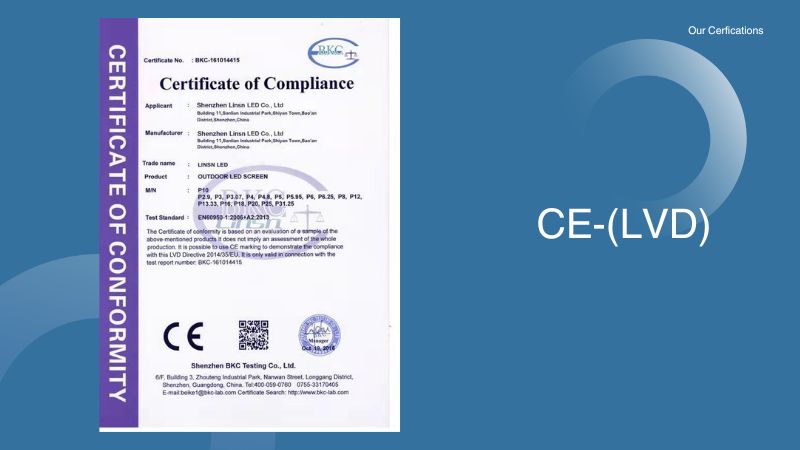
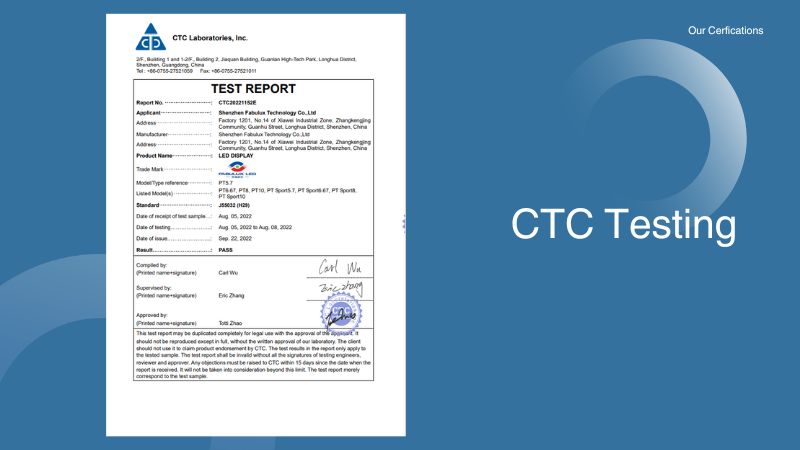
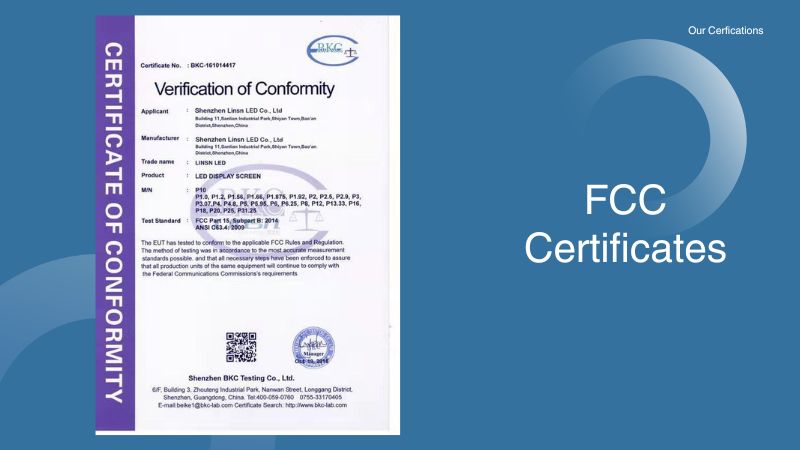
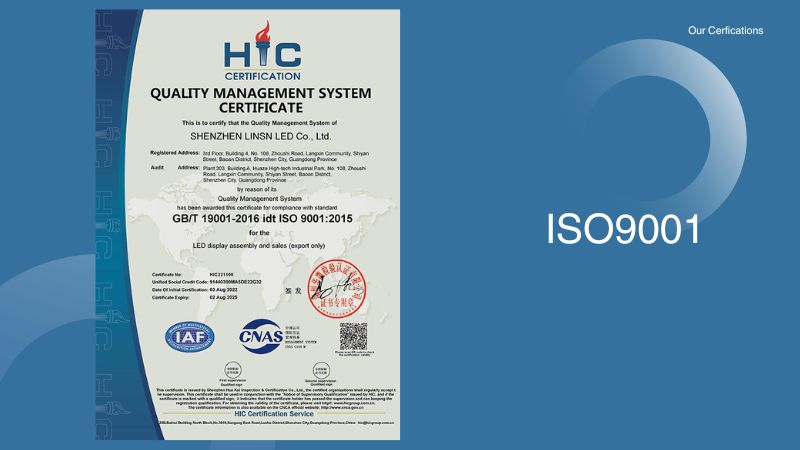
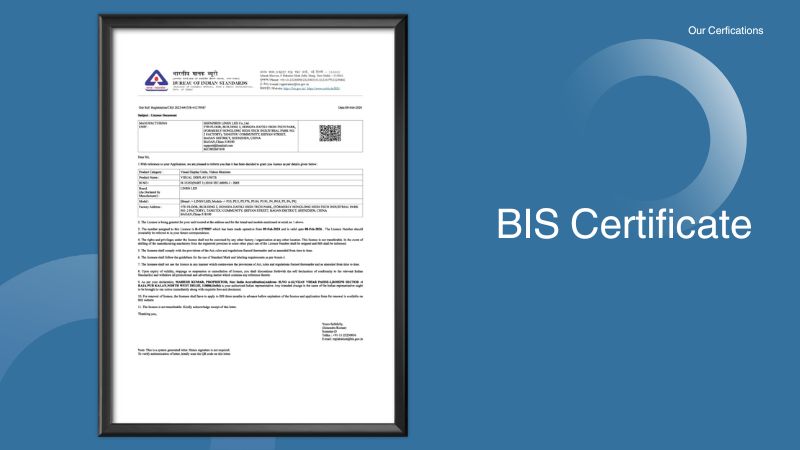
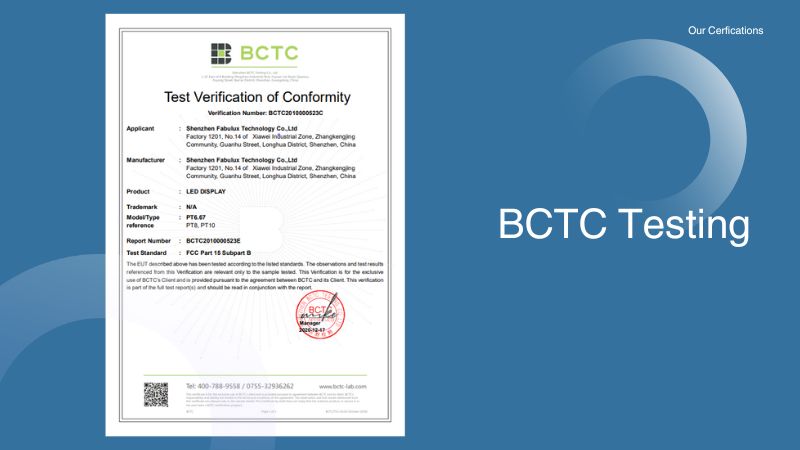
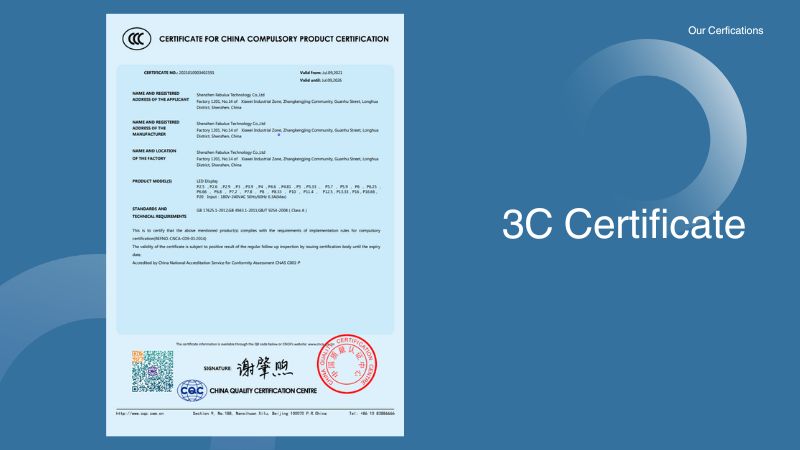
LedInCloud uses high-quality materials, strict manufacturing standards, and multi-step QC checks before delivery.
- All modules pass vibration, aging, and brightness tests
- Stable driver ICs and high-refresh-rate performance
- CE, RoHS, FCC certified components available
- 3-Year Warranty
Send Us Message
If you have any LED display projects or technical problems regarding our LED display products. Please send us a message, we will reply to you in 24 hours.
ATTENTION: lf you bought LED Display & LED Module from other suppliers, Please get help from them directly.
Why Choose a Flexible LED Display? Key Benefits Explained
Flexible LED displays are changing the way we think about digital signage. No longer limited to flat screens or straight edges, these bendable panels open the door to more creative, curved, and custom designs.
In this guide, we’ll walk you through what flexible LED screens are, why they’re becoming so popular, and how to choose the right one for your needs. From key features and pricing to real-world applications and industry trends, you’ll find everything you need to know to get started.
1. What Is a Flexible LED Screen?
2. What Are the Advantages of Flexible LED Display?
3. Common Types of Flexible LED Display Panels
4. How to Choose the Right Flexible LED Display
5. Flexible LED Video Wall Price
6. How to Choose Flexible LED Display Manufacturers
7. Trends and Future of Flexible LED Technology
8. Conclusion
1. What Is a Flexible LED Screen?
A flexible LED screen is a digital display that can bend or curve without being damaged. Unlike traditional LED panels that are rigid and flat, flexible screens are made with soft circuit boards and lightweight materials. This allows them to fit onto curved surfaces or wrap around unique shapes.
They are not just flexible in structure—they’re also flexible in use. These screens can be installed in places where regular screens simply don’t work, such as on pillars, curved walls, or custom stage designs.
Flexible LED displays are often used in creative projects where visual design matters as much as performance. You’ll find them in retail stores, exhibitions, entertainment venues, and architectural installations.
You might also see other terms like soft LED display, bendable LED screen, or LED flexible panel display—these all refer to the same type of product.
In short, a flexible LED screen offers the same brightness and clarity as a regular LED display, but with the added advantage of physical flexibility. It gives designers more freedom to work with curves, corners, and custom layouts.
2. What Are the Advantages of Flexible LED Display?
Flexible LED displays offer more than just a curved design—they solve real-world problems that traditional screens can’t. Their structure, weight, and installation method make them suitable for both creative and practical use. Below are the key advantages:
a. Fit Any Shape or Surface
The biggest benefit is flexibility. These screens can wrap around columns, bend along curves, or fold into unique shapes. This makes them perfect for places where flat screens are impossible to use—like rounded walls, pillars, or wave-like structures.

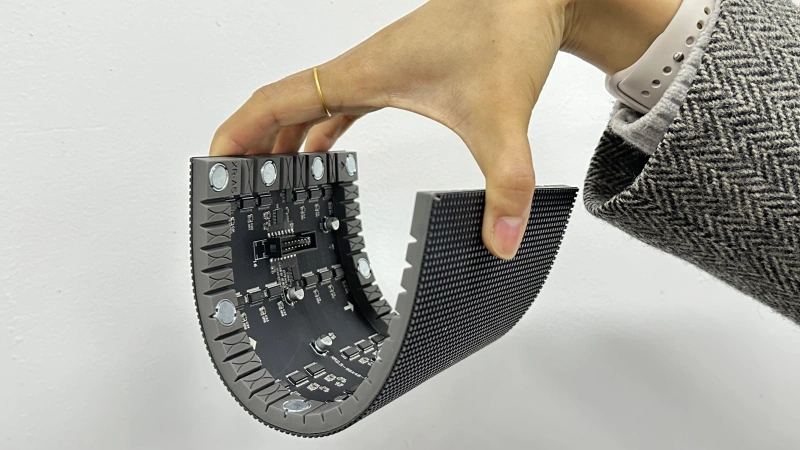
b. Lightweight and Thin
Flexible LED panels are much lighter than traditional cabinets. They’re also thinner, which makes transport, mounting, and maintenance easier. In many cases, a flexible display can be installed by just one or two people without heavy equipment.
c. Easy to Install and Maintain
Most flexible LED display modules use magnetic designs. That means you can snap them onto the frame without screws or special tools. This saves time during setup and makes it easy to replace parts later if needed.
d. Clean and Seamless Appearance
Because the modules can bend naturally, there are no visible gaps or breaks—even on curved surfaces. The result is a smooth, clean look that’s ideal for retail displays, exhibitions, and stage design.
e. Reliable Performance
Don’t let the soft appearance fool you—flexible LED displays are built to last. Many models offer high refresh rates, wide viewing angles, and vibrant colors, just like standard LED walls. They can run continuously and still deliver stable performance over time.
f. Creative Freedom for Designers
For architects, interior designers, and event planners, flexible screens open up more possibilities. Whether you’re building a circular LED display or adding motion to a stage background, flexible panels give you the freedom to shape your vision.
g. Works for Many Industries
Flexible LED display panels are now used in retail, entertainment, transportation hubs, museums, and even fashion shows. Anywhere that needs attention-grabbing visuals—especially in curved or limited spaces—can benefit from this technology.
3. Common Types of Flexible LED Display Panels
Flexible LED displays are not one-size-fits-all. Different projects require different materials, pixel pitches, brightness levels, and installation styles. Here’s a closer look at six widely used types—and when each one makes sense.
3.1 Flexible Rental LED Display: Built for Fast Events
LED Video Wall Rentals are made for speed and flexibility. The modules are soft, lightweight, and often magnetic, so they can be installed in minutes and removed just as quickly. But what really sets them apart is how easily they fit into changing stage designs.
In a rental setting, you don’t always know what the layout will be—so flexible rental LED panels are designed to curve on demand without breaking. They’re perfect for building circular backgrounds, wave-shaped screens, or creative LED columns at events.

3.2 Outdoor Flexible LED Display: Ready for Harsh Conditions
Not all flexible screens can go outdoors—but some are built for it. Outdoor models come with IP65 waterproof protection, higher brightness (often over 5,000 nits), and weather-resistant casings. Their surface is sealed but still soft, which makes them ideal for architectural curves or outdoor columns.
They’re especially useful for applications where the structure itself isn’t flat—like rounded facades or building corners. Flexible panels can wrap smoothly around these shapes and still withstand rain, dust, and heat.
3.3 Indoor Flexible LED Display: Seamless in Design-Centric Spaces
Indoor flexible displays are where visual quality meets design freedom. These panels often use finer pixel pitches—like P1.86 or P2.5—for close-up viewing. But what really matters is how clean the installation looks.
Because indoor spaces like lobbies, showrooms, or galleries prioritize aesthetics, flexible indoor displays are designed to install flush against curved walls or embedded into custom structures without visible borders or cables.
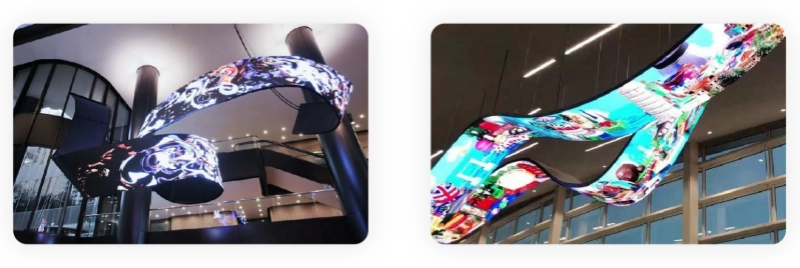
3.4 Transparent Flexible LED Display: Digital Without Blocking the View
Transparent flexible LED screens are designed for glass. Think storefronts, mall atriums, or office partitions. They’re made with ultra-thin, high-transparency materials that display content while still letting light through.
They’re not about high pixel density—but about impact. When placed behind glass, these displays create a floating effect that grabs attention without making the space feel closed off.
3.5 Flexible LED Mesh Screen: Big, Light, and Breathable
Mesh-style flexible displays are made of strips instead of solid surfaces. That means less weight, better airflow, and easier large-scale installation. While the pixel pitch is usually coarser (like P10 or more), they’re perfect for very large backgrounds where fine detail isn’t as important.
Their flexibility allows them to hang like curtains, bend around edges, or drape across wide stages. And since they’re semi-transparent, lighting and stage effects can pass through.
3.6 Programmable Flexible LED Display: Small Screens, Big Impact
This type includes custom-sized, pre-programmed LED panels—often small, soft, and even wearable. These displays can show scrolling text, images, or videos using control software. You might see them in interactive retail displays, tech exhibitions, or even integrated into clothing or backpacks.
What makes them different is not just their shape—but their interactivity. They can be updated in real-time, respond to input, or run preset loops.
4. How to Choose the Right Flexible LED Display
Choosing a flexible LED display isn’t just about the shape—it’s about finding the right match for your space, content, and budget. Here’s a clear guide to help you decide.
4.1 Where Will You Use It?
Indoor displays offer higher resolution and smoother visuals for close-range viewing—perfect for showrooms, shops, and events.
Outdoor models need to be waterproof, dustproof, and much brighter to stay visible in sunlight.

4.2 What Surface Will It Go On?
If you’re installing on a column, curved wall, or any non-flat surface, confirm the screen’s minimum bending radius. Some panels are flexible only to a point—others are built for extreme curves.
4.3 How Far Will People Be From the Screen?
This decides your pixel pitch.
- Under 3 meters: P1.86 or P2.5
- 3–6 meters: P3 or P4
- 6 meters and beyond: P5 or higher is enough
Smaller pitch = sharper image, but also higher cost.
4.4 How Will It Be Installed and Maintained?
For temporary use like events, choose lightweight, tool-free panels with front access.
For fixed installs, think about structure support and whether maintenance will happen from the front or back.
4.5 What's Your Budget Range?
Flexible LED display prices vary by size, resolution, and environment. Know your priorities: better picture, lower weight, or easier setup? Avoid going cheap on core features like brightness or refresh rate.
4.6 Who’s Supplying It?
Look for a manufacturer with:
- Stable product quality
- Proper certifications (CE, RoHS, FCC)
- Real project experience
- Responsive technical support
5. Flexible LED Video Wall Price
The quality of your flexible LED display depends largely on the manufacturer behind it. Here’s what to look for—and why many choose LedInCloud as a trusted partner.
(1) Experience with Flexible LED Projects
Not all LED suppliers can handle curved or irregular surfaces. Look for manufacturers with real experience in flexible LED design, not just standard panels.
LedInCloud has delivered flexible LED solutions for retail, stage, and architectural projects—covering curved walls, columns, and custom shapes.
(2) In-House Production and Quality Control
Consistent performance starts with controlled manufacturing. LedInCloud handles everything from PCB design to final testing, ensuring durability, brightness, and smooth bending.
(3) Engineering Support
Flexible screens often require non-standard layouts. We offer layout drawings, bending radius guidance, and system setup help to make installation easier.
(4) Certified and Backed by Warranty
Always check for certifications like CE, RoHS, and FCC. LedInCloud products are fully certified and come with solid warranty coverage.
(5) Reliable, Not Cheap Clones
Low-cost panels often cut corners with poor glue or weak PCBs. Working with a proven supplier like LedInCloud helps avoid early failures and long-term headaches.
A good display starts with a good manufacturer. With LedInCloud, you get both quality hardware and dependable support—before and after installation.
6. How to Choose Flexible LED Display Manufacturers
The cost of a flexible LED video wall can vary widely depending on size, resolution, design, and usage.
6.1 What Affects the Price?
Several elements shape flexible LED display screen prices:
- Pixel pitch: A smaller pitch (like P1.86) offers higher clarity but costs more than larger pitches (like P4 or P5).
- Screen size: More square meters means more modules, structure, and power supply.
- Environment: Outdoor screens need weatherproofing and extra brightness, which increases cost.
- Design complexity: Curved layouts, transparent film, or irregular shapes often require customization.
- Accessories & control systems: Controllers, frames, power boxes, and cables add to the total cost.
6.2 Check Prices Anytime on LedInCloud
At LedInCloud, we offer a free self-service pricing tool through our LED Screen Cloud Platform. Register LedInCloud, you can:
- View real-time prices for different types of LED displays
- Compare models and specs instantly
- Check prices for LED controllers and related components
- Submit your project layout for tailored estimates
This tool helps you budget faster and with more accuracy.
LedInCloud supports both standard and custom projects, helping you find the best cost-performance ratio based on your needs.
7. Trends and Future of Flexible LED Technology
MicroLED Integration: Brighter (3,200+ nits) and thinner panels for car dashboards and AR glasses.
Sustainability: Recyclable materials and solar-powered displays to reduce carbon footprints.
Smart Features: AI-driven content optimization and touch/AR interactivity.
Wearable Expansion: Foldable screens for fashion or healthcare (e.g., Samsung’s blood pressure sensors).
8. Conclusion
Flexible LED displays offer more than just visual flexibility—they give designers, brands, and architects new freedom to bring bold ideas to life. From soft indoor panels and outdoor curved walls to transparent films on glass and programmable displays in motion, the technology has expanded well beyond flat, static screens.
If you’re planning a custom LED project or exploring new display options, LedInCloud is here to help—from technical guidance to real-time pricing through our LED Screen Cloud Platform.
We’re ready to help you shape it, please feel free to contact LedInCloud.

